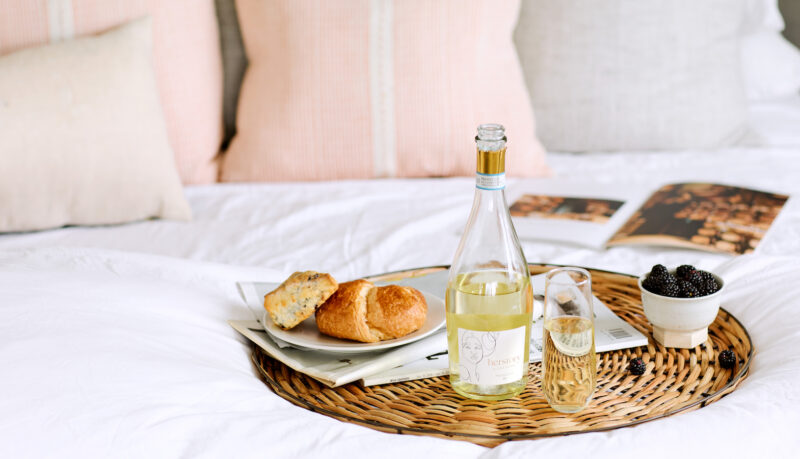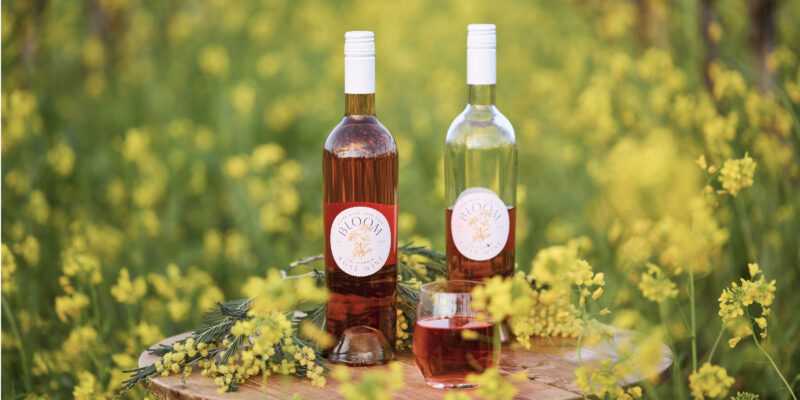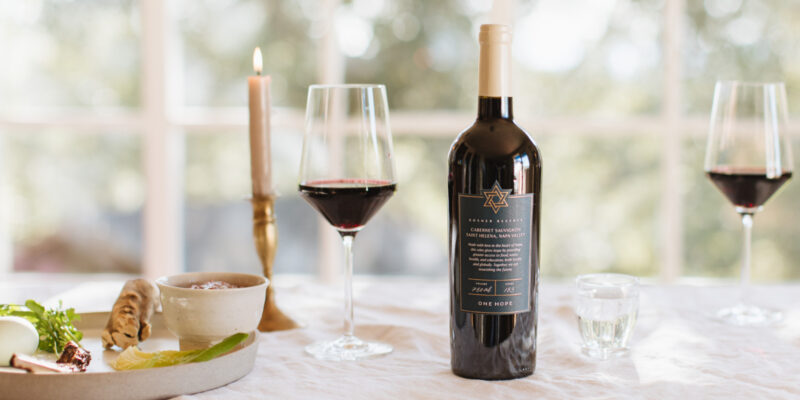From her German heritage to the tables of connoisseurs the world around, a solid Riesling wine is a sweet temptation that should not be ignored. This citrus based white wine can be served as a compliment to your meal, or as a treat with dessert. Here’s a bit more about what makes Riesling a favorite for so many wine enthusiasts.


Riesling at a Glance:
Most Prominent in: Originally a German wine, many notable world vineyards now produce a variety of Riesling. According to some enthusiasts, the best Riesling today still grows on the south facing slopes of Germany’s Mosel River region.
Looks Like: Called a white wine, the color of Riesling wines are closer in color to yellow. Expect hues ranging from pale straw to deep canary. The Riesling grape bunch is a white-yellow with the occasional light purple bulb.
Tastes Like: Known for offering a sweet flavor, wine experts will encourage you to pick out flavors of lemon, lime, pineapple, and apricot. Highly aromatic, the essence of apple, pear, and nectarine are often included as well. The wine is highly acidic, reminding many of a cool glass of lemonade. While most Rieslings are sweet in flavor, meant to balance out the high acidity, newer varieties are producing a dry, leaner flavor as well.
A Bit about Her History
Indeed an ancient wine, history makes her first mention of Riesling wine in the 1546 book, “Herbal.” Even at this early mention, the wine had been notated for more than 100 years prior under a different, German name of “rieblingen.” The birthplace is thought to be along the Rhine river valley in Germany. Records show that nobility favored Rieslings, and as it ages well, it was stockpiled in cellars of noble families.
Regions of Prominence
Rieslings are best grown in areas that have a slightly cooler climate, and are positioned on hillsides that have access to greater amounts of sunlight. The steep terrain and rocky hillsides tend to make ideal growing grounds for this grape, which is preferred to be bottled in small quantities. Germany is still the leading producer of Riesling worldwide. Of the relatively small 120,000 acres of Riesling planted worldwide, 56,000 are in Germany; spread across the Mosel Pflaz, and Rheinhessen regions. Australia is another large producer, focusing on drier Riesling from the Clare and Eden valleys. In the United States most Riesling growth is done in Eastern Washington state or California. Other minor regions of production include France, Austria, and New Zealand.
Varied Flavors
While fruit and floral notes will be exhibited in all Riesling wines, you will find that the overall flavor varies greatly from region to region. This attribute, called terrior-expressive, is a notable quality in Riesling wines. Rieslings grown in the cooler climates of Germany, for example, are more likely to showcase apple flavors while Rieslings grown in the warmer climates of Australia and New Zealand showcase more apricot and pineapple flavors. Additionally, the rock taste can be picked up by a trained wine enthusiast, with some believing this slate flavor (found primarily in wines from the Mosel region of Germany) denote the highest quality Riesling in the world.
Additionally, varied flavors can be found in the scale of sweetness the wine possesses. While the American market tends to prefer all things sweet, dry Rieslings are made and can be found in American markets as well. Dry Rieslings have their own greatness to appreciate, and can be notated by either the indication of “dry” on the label, or other identifying buzzwords like, “trocken.” Most wines from Washington State and New York State are believed to be dry, and the bottle may not be labeled as such.
Petrol Odor and Flavorings
It may sound alarming, but a petrol flavor in your glass is actually considered quite a good thing when it comes to Rieslings. The odor itself is described as being similar to keroséne or rubber. The essence is the result of a chemical compound in the grape itself. That chemical compound, TDN, strengthens during the aging process, thus denoting a well-aged Riesling by odor alone. Factors believed to play a role in the wine’s ability to produce TDN during the aging process include the ripeness of the grapes at harvest, with a late season harvest believed to be better, high sun exposure, high acid content, and water stress.
Ice Wine
Also known as “noble rot” an extremely late harvesting of Riesling grapes can lead to what’s known as “ice wine.” Named because it is generally harvested after the first frost (ice) of the season, these wines are syrupy sweet, often having upwards of 100 grams of sugar per liter. They’re also known for being incredibly complex and high in acidity. They are among the most expensive of Riesling wines available.
Easy Does It
The winemaking process for Riesling is one that takes great caution. The winemakers need to be very careful not to break or bruise the skin of the grape, as doing so could cause tannin to leak into the juice. Tannin in the juice would lead to a bitter, coarse flavor directly opposite what a Riesling should taste like. In addition to the care of the grapes, winemakers will often choose to chill the juice at various stages through the process in order to keep the flavors as fresh as possible. After fermentation the wine is chilled in stainless steel vats at temperatures markedly below those used for red wines. This allows the tartaric acid to crystalize and leave the wine before being bottled. In general, winemakers say that growing conditions and winemaking conditions for Riesling are best when they are, “long and low,” meaning the growing season is long and the temperature during production is low.
The Perfect Pairs for Riesling
Due to her high acidity and sweet bouquet, when you’re ready to pair a Riesling, think spice! The spice flavors of Indian food, or even Asian cuisine, make the perfect complement for Riesling. As with most white wines, meat pairings are best with white meats. Chicken, pork, duck, shrimp, crab, and bacon work best. When those meats (or their accompanying vegetables) are seasoned with cayenne, ginger, clove, allspice, curry, soy, basil or teriyaki- that’s when things really start to get interesting. Finish off the tasting party with soft cheeses and dried fruit.
When pouring your Riesling, grab for shallow, wide bowled stemmed glass with a wide opening. A standard white wine glass works just fine for this purpose.
Betcha’ Didn’t Know…
- Not all Rieslings are sweet. While most inexpensive varieties are on the sweet end of the spectrum, you can snag a drier version by shopping vineyards from Washington State or New York, “trocken” vineyards in Germany, or the Clare and Eden valleys of Australia.
- There are only 89,000 acres of Riesling planted worldwide. That’s relatively tiny compared to Chardonnay or Cabernet Sauvignon fields!
- It ages well. Unlike most white wines, which are best consumed within five years of pressing, a quality Riesling can last for up to a century.
- There is a red variety! Rieslings aren’t limited to white wines only! In fact, a clone of the grape has a red skin, and produces a similar flavor palate but with a red color story. The grape is still considered of the white variety, the color believed to be a mutation in the genetic code. The first commercial red vineyards were planted across Germany and Austria in 2006.




No comment yet, add your voice below!